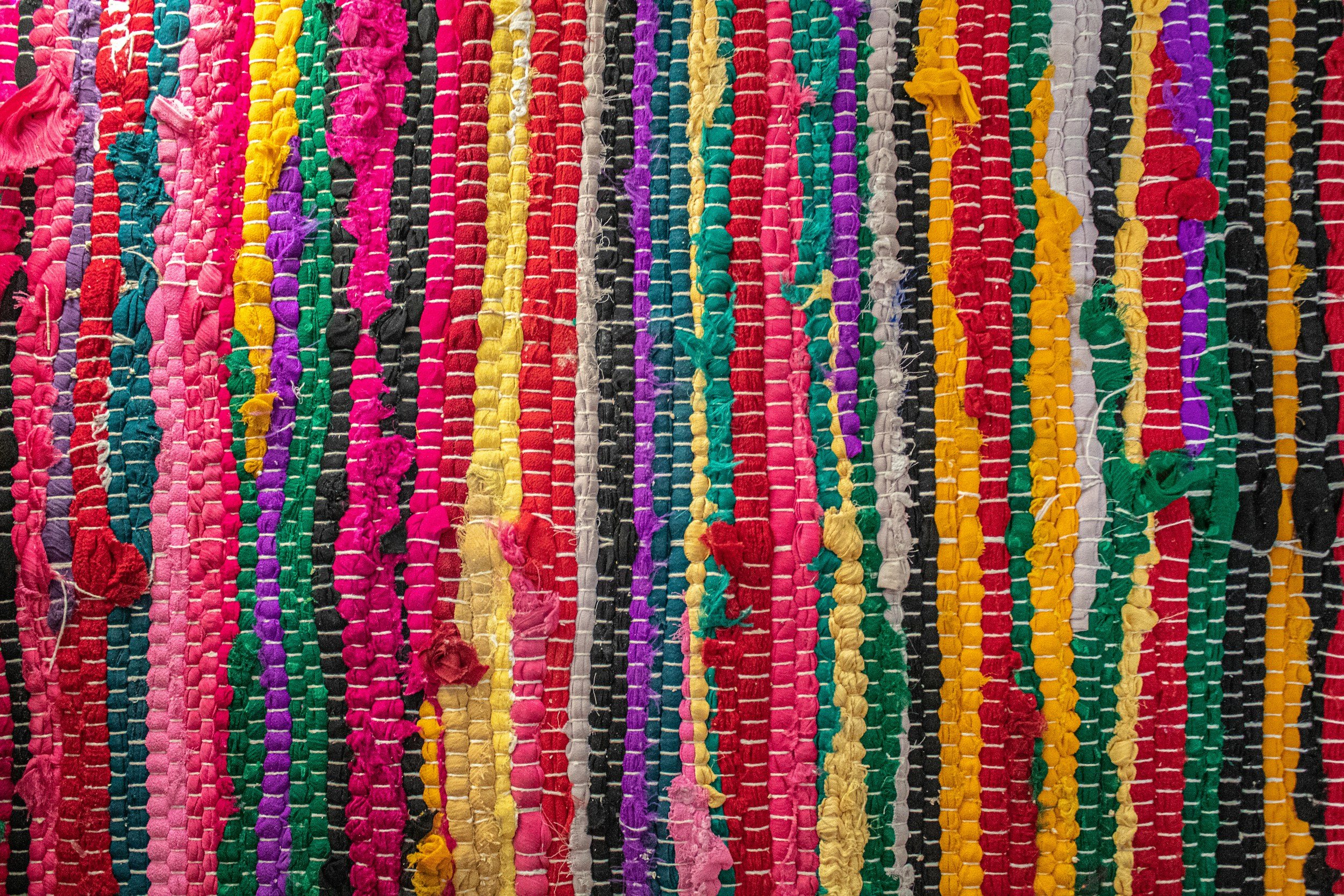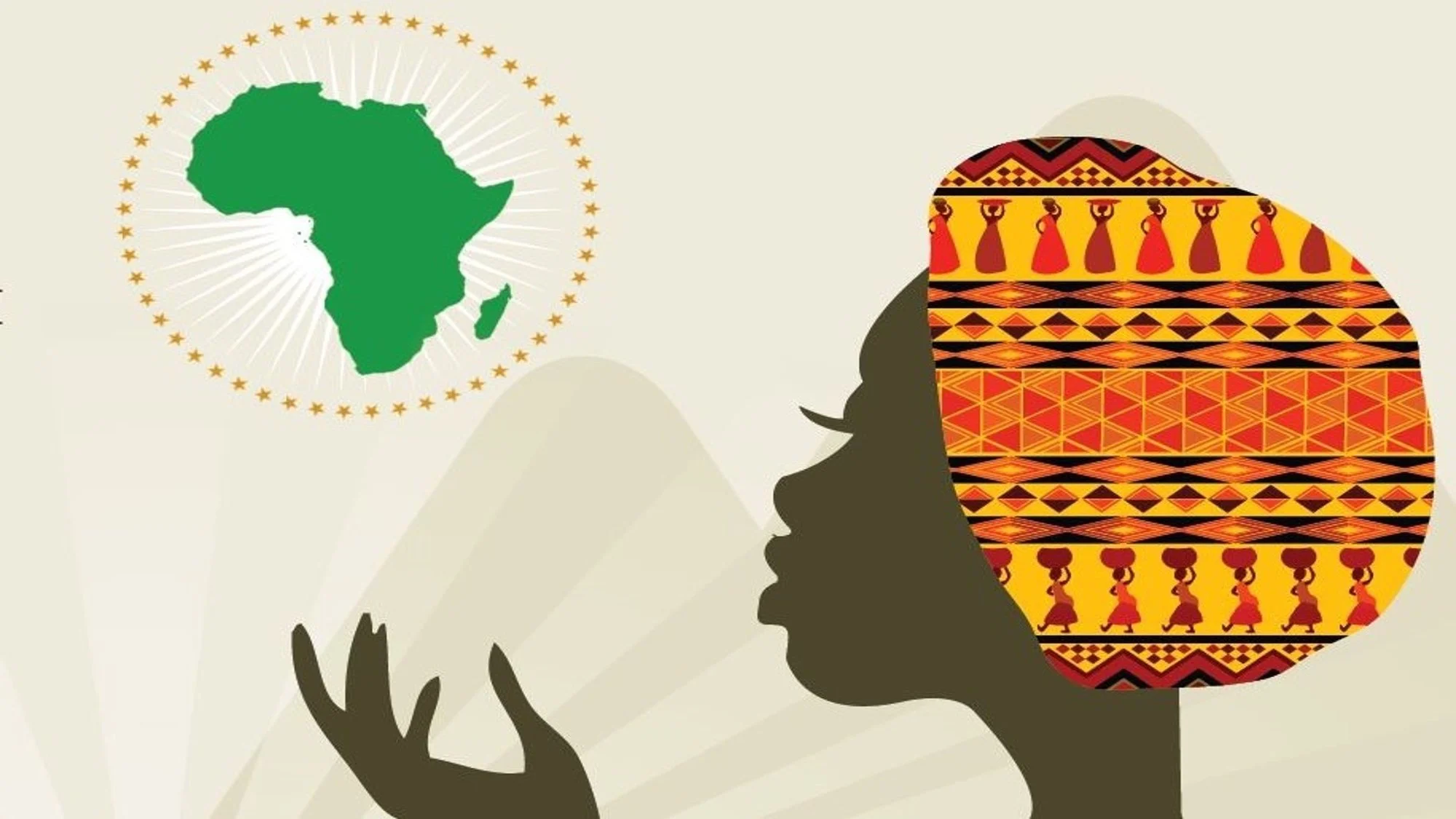Gender and Sexuality
Throughout history, women and girls have been oppressed on the basis of their sex and gender. In recent centuries, women have boldly resisted their oppression and have maintained resilience in the face of adversity. Some of the issues facing women and girls include: suffrage rights, marriage choice, the pay gap, and sexual violence. Women today continue to fight for equal treatment and for equality.
Like the struggle for women’s rights, the movement for rights for the LGBTQIA+ community and freedom from homophobia is also ever-changing. This fight for equality has included: protection from discrimination by the medical and psychological professions, protection from discrimination in housing and employment, and the right to marry. The movement has broadened and become more inclusive over the past several decades; we now fight to recognize the rights of those who identify as gender non-conforming, transgender, and asexual and intersex. For both women’s and LGBTQIA+ rights, the struggle continues as the movements continue to evolve over time.
Teaching Materials
Primary Source Documents
Additional Resources
GLSEN
GLSEN’s mission is to create safe and affirming schools for all students. It supports Gay-Straight Alliance (GSA) clubs in schools around the United States.
Homosaurus
The Homosaurus is an international linked data vocabulary of Lesbian, Gay, Bisexual, Transgender, and Queer (LGBTQ) terms.
LGBTI Rights – Amnesty International
Amnesty International investigates human rights abuses and lobbies governments around the world to ensure that they respect international law. Its page on LGBTI rights explains some of the issues facing LGBTI individuals around the world.
Maps – Sexual Orientation Laws
The International Lesbian, Gay, Bisexual, Trans and Intersex Association (ILGA) is a global federation of local and national organizations working to achieve equal rights for LGBTI individuals around the world. Updated annually, its map of sexual orientation laws shows widespread discrimination based on sexual orientation around the world.
National Center for Lesbian Rights
The National Center for Lesbian Rights works to achieve LGBTQ equality through litigation, legislation, public policy, and education. The organization also has a longstanding commitment to racial and economic justice.
Transgender Law Center
The Transgender Law Center is the largest national trans-led organization in the United States. It advocates self-determination for all people.
United Nations Entity for Gender Equality and the Empowerment of Women
UN Women is an entity dedicated to gender equality and the empowerment of women. It sets global standards for achieving gender equality and works with governments and civil society to ensure that the standards are implemented successfully to benefit women and girls around the world.
Women of the world, unite!
This interactive timeline, created by UN Women, explores women’s activism from 1840 to the present.
Women’s Rights — Human Rights Watch
Human Rights Watch investigates and reports on human rights abuses around the world. Its page on women’s rights includes up-to-date news about global issues affecting women.










Subject(s): current events, history, social studies
What rights do we have in the workplace? And why is it important for workers to know these rights? In Strike!: Workers’ Rights & the Matchwomen of London’s East End, students have the opportunity to learn about their rights as workers, as well as an historical struggle by workers in Victorian London. They will also learn about the importance of solidarity.